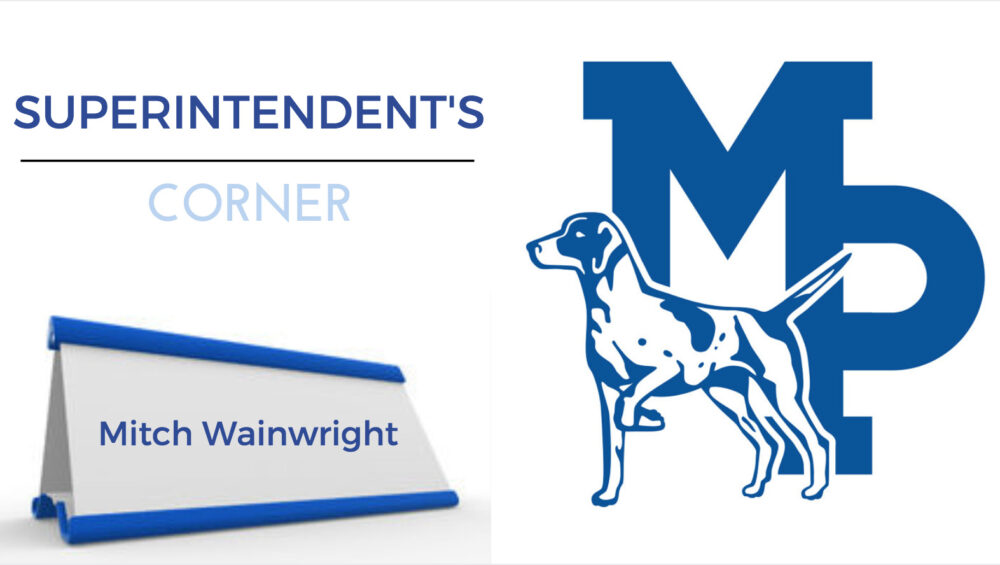
It is the time of the year when school districts all across the state are approving their budgets. By the end of the month, each district will certify the levy for taxpayers. The levy is the amount of money each property owner is charged, based on the mill rate. This rate is usually referenced as a dollar amount per thousand in property value. For Mineral Point Unified School District taxpayers, there is a school rate, a county rate, a rate for the technical college in your area, and either a city or township rate. These rates are applied to the value of your property to determine how much you will pay in property taxes.
In recent years, the portion of your property tax bill that is sent to the school district has decreased. Our mill rate has declined over the last two years by about 13%, and will once again decrease. The difficult part of evaluating your individual property taxes is oftentimes out of the control of the school district. As an example, let’s say last year your house was given an equalized valuation of $180,000. The school mill rate was $10.41. The portion of your property taxes for the school district would have been (180 x 10.41) $1,873.80. Your property taxes would have been higher due to the county, technical college, and local government. This year, it is estimated the equalized valuation for our district will be 15.4% higher than last year. The state average is projected to be around a 14% increase for this year. Your $180,000 house will now be valued at $207,720. If the mill rate falls to $8.95 per thousand, your taxes for the school district would be about $1,859.09. In this example, a reduction in the mill rate and an increase in the equalized valuation does not equal a larger reduction in property taxes.
In November 2018, the school district asked the voters to approve two referendum questions. One was to borrow money to add on and remodel the elementary building. The other question was an “operational referendum” question to exceed the revenue limit by $350,000 per year on a recurring basis to maintain existing programs. The hope was that money would support operating the district for at least three years. The good news is we have made it to school year number five without asking the voters to approve another operating referendum.
Across Wisconsin this November, there are 39 school districts asking their taxpayers for permission to exceed the revenue limit for an operating referendum. 12 districts are asking for a total amount of almost $57 million on a recurring basis. Another 27 are asking for an additional $298 million on a non-recurring basis. Mineral Point is not asking either of those questions this fall. We have made some tough decisions, used ESSER money wisely, and have been fortunate to receive grant money to maintain the programs within the schools.
When the school board meets in October, there is the possibility it will decide to levy additional funds to make a debt payment on the elementary referendum loan. The budget will be balanced for the 2022-23 school year and the school board could make a debt payment that would save on interest for the loan. Even if there is an additional levy for debt, the mill rate would drop about 14% from last year. The idea behind this is to maintain the same amount of total levy for the 2022-23 school year that was collected for the 2021-22 school year. This would allow for debt payment and interest savings.
The school board and district continue to offer outstanding programs and educational opportunities while trying to maintain fiscal responsibility for our taxpayers’ investment in our youth. School finance can be a complex, and often misunderstood, topic. Feel free to reach out with questions.

